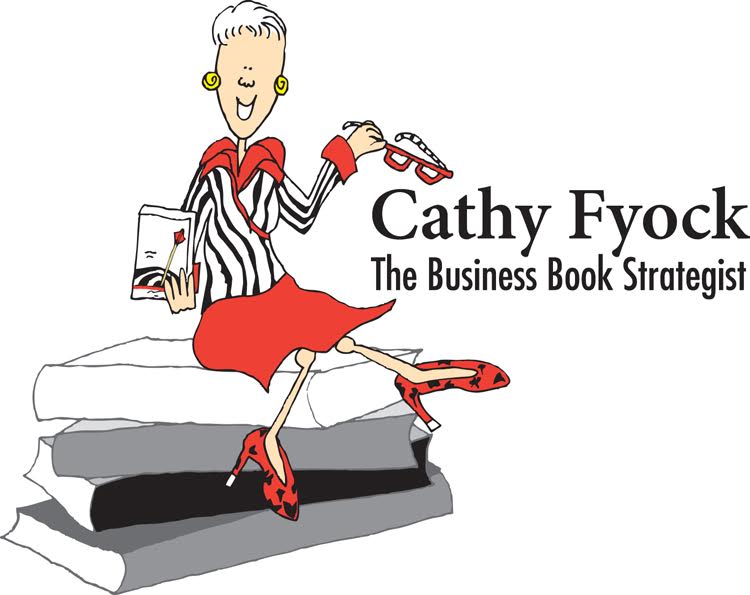Why are memoirs so compelling? They’re authentic—and they’re stories! Also, the best memoir writers use fiction-writing techniques to “show” readers their experiences, filling scenes with sensory detail—the faded reds of an heirloom quilt, for instance, or the bloom of gray lichen on a gravestone—thus, creating immediacy and reader sympathy.
As non-narrative nonfiction writers—business writers, thought leaders, journalists, scientists, scholars—seeking to fire up our readers, we can borrow three components from successful memoirists:
- Authenticity
- Story-telling
- Sensory detail
These techniques will help us impact our readers and engage them with our ideas.
For example, in Write It Down, Make It Happen, author Henriette Anne Klauser, PhD’s, “big idea” is this: Simply by writing down a goal—in any form, whether on a sticky note or in a journal dedicated to your dream—you create a pathway that leads to doors that may open onto the exact outcome you’ve jotted down!
It’s a lovely concept! But what makes it lovelier—and so very accessible—is the way Dr. Klauser illustrates her idea. She fills her book with story after story, each detailing how she, herself, her friends, and her family have employed (and benefitted from!) this practice. These stories—written with concrete, sensory detail and the authenticity of personal experience—make her idea come alive.
When I stumbled on Write It Down, Make It Happen, I was living in a 500-sq. ft. rental apartment with loud-music-playing, aggressive-dog-owning neighbors on either side of me! I needed to move, but somehow, I hadn’t made that happen.
But then, Dr. Klauser’s book in hand, I settled at my kitchen table, my nearest neighbor’s bass speakers booming through my wall, and put ball-point pen to lined notebook paper. Using a simple list-making technique from her book, I scribbled down the qualities I sought in my next abode. The first item on my list? I wanted to own, not rent, my new home.
Now, I’m writing this blog post from the office of my quiet, safe, lovely home, which bears many features named on that list. Most importantly? The deed is in my name! Certainly, the road I traveled to realizing the house of my dreams had twists and turns. But I first set foot on the path encouraged by the stories I read in Write It Down, Make It Happen.
That’s how motivating stories can be.
Keep the following story-telling guidelines in mind, and you’ll go a long way toward engaging your readers with your big idea.
- Be authentic. Stories from real life are solid. They carry the weight and worthiness of experience.
- Give stories an “arc” by “showing” both the problem that existed before the discovery (or implementation) of the concept or product—and the positive outcome issuing from that discovery.
- Use concrete examples and sensory detail. Make your reader see, taste, feel, and hear those moments that most exemplify your idea.
Then, like any memoir writer worth her salt, you’ll take your reader by the hand and guide her to an intimate understanding of the potential impact of your idea in her life—by responding to that most human of requests, “Tell me a story.”
Jamie Morris is a writing coach who works with memoirists, novelists, and writers in other narrative forms. She’s helped hundreds of writers on the way to their publishing goals. You can find more about her services and experience at www.VoiceHeartVision.com.
To register for Jamie’s webinar with Cathy scheduled for Tuesday, September 30 at 6 pm EDT, register here.
